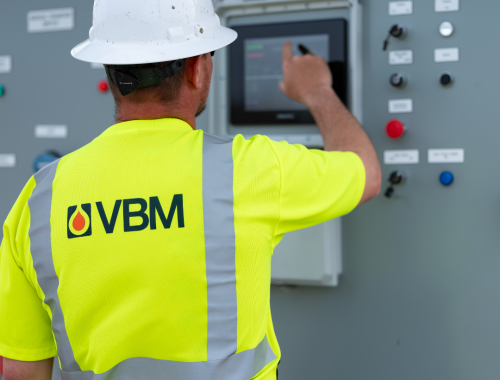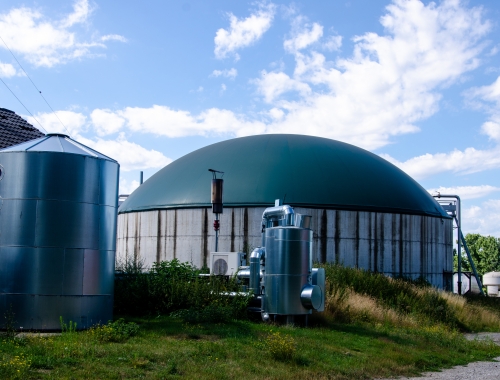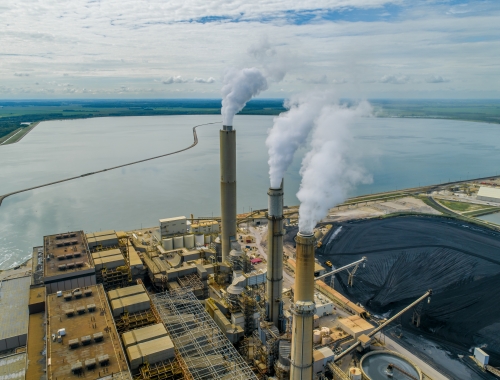Alaska LNG sponsor to pursue federal hydrogen hub financing
SUMMARY
AGDC is seeking $850mn from Department of Energy to develop the hub. [Image credit: AGDC]
By Dale LunanAlaska Gasline Development Corp, which is pursuing the 20mn mt/yr Alaska LNG project, said November 7 it had submitted a concept paper to federal authorities for the Alaska Hydrogen Hub, which anticipates creating 600 tons/day of hydrogen using feedstock from the LNG project.
Organisations supporting the project include Agrium US, Salamatof Native Association, Alaska CCUS Consortium (including ASRC Energy Services, Santos, and Storegga), and the University of Alaska Fairbanks' Alaska Center for Energy and Power.
AGDC and its partners are seeking federal funding that will be awarded by the US Department of Energy (DoE), under the 2021 Bipartisan Infrastructure Law, in late 2023 or early 2024 for the creation of hydrogen hubs. The DoE expects to select 6-10 hydrogen hubs and award up to $7bn in federal funding to support the production and delivery of clean hydrogen.
In its concept paper, AGDC proposes using $850mn of DoE funding and $3.75bn of private-sector funds, backed by offtake agreements with hydrogen customers in the US and Asia.
“Natural gas is an essential fuel for the US and other nations to achieve future emissions targets, first as a replacement for wide-scale coal use and eventually as a source of zero-carbon hydrogen,” AGDC president Frank Richards said. “Alaska’s unparalleled natural gas resources, our existing energy infrastructure and workforce, and our close proximity to US west coast and Asian markets with rapidly growing hydrogen demands closely align with the DoE’s hydrogen hub criteria.”
Alaska’s Cook Inlet, where the Alaska LNG liquefaction terminal would be located, is in the centre of the proposed hydrogen hub, and offers up to 50 gigatons of carbon sequestration capacity, the best on the US west coast, geologists say. Nearby is an idle ammonia plant owned by Agrium.
In a separate partnership announced in early October, AGDC said it would evaluate the commercial feasibility of producing blue ammonia as part of the Alaska LNG project. And hydrogen production in Alaska was also discussed with Japanese energy leaders in late October at the Alaska LNG Summit in Tokyo.








